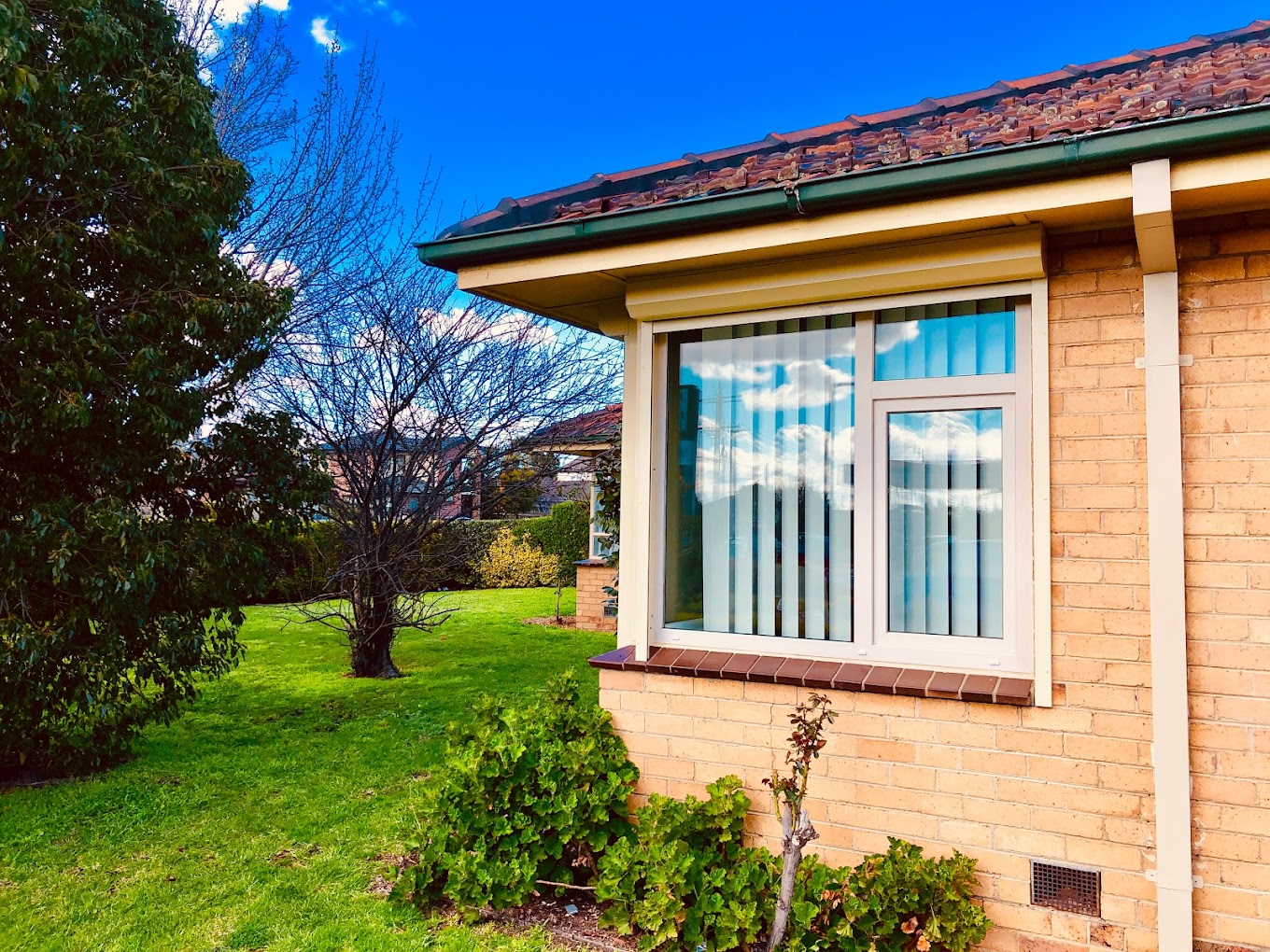All Categories
Featured
Table of Contents
Windows Of Opportunity: Your Guide To High-performance ... in Spearwood Western Australia
That window can send more solar heat in winter season than in summer. A west-facing window on a summertime's afternoon has an angle of occurrence from near 0 up to 30 with a large effective location of solar radiation. A north-facing window, in summertime, has a high angle of occurrence and a low efficient location of solar radiation, so can transmit less heat than a west-facing one.

However you can quickly and quickly enhance the thermal performance of your home by replacing your windows. This is among the most efficient techniques of restoration to accomplish enhanced thermal comfort. There are countless kinds of glass and frames to choose from. Selecting the right ones is very important to improving the energy performance of your house.
Benefits Of Double Glazing Low-e in Thornlie WA
Single glazing with clear glass is not very efficient when it comes to heat loss or gain. To enhance efficiency, you can use single glazing with a more energy-efficient type of glass such as low emissivity (low-e) glass.
The energy performance of IGUs likewise depends on: the properties of each layer of glass. Different glass types (for example, clear and low-e glass) can be put together in an IGU.
What Is The Best Glazing For My Home? - Part 2 in Carramar WA

IGU cavities can be filled with air or a more inert, low-conductivity gas such as argon the width of the cavity. Cavity thickness is usually 6 to 18mm. Larger cavities provide lower (better) U values, with 12mm generally accepted as the favored gap how well the cavity is sealed. Cavities must be dry and well sealed to avoid moisture getting in.
If argon is set up to the cavity in location of air, wetness is dependably excluded the level of desiccant (drying representative). The spacer (metal or polymer strip) that separates the glass layers contains a desiccant to take in any moisture. Insufficient desiccant may trigger wetness to condense on the glass surface in cold conditions, reducing thermal efficiency.
Double Glazed Windows Sydney & Replacement Windows in Stirling Western Australia
In fact, IGUs can deliver much better energy performance for all climates, particularly in heated and air-conditioned homes. Cross-section information of single, double and triple-glazing units Low emissivity glass (commonly called low-e glass) lowers heat transfer. Low-e glass might be either high or low transmission: High transmission low-e glass has a covering that enables daytime from the sun to pass into your home to achieve great solar heat gain, however lowers the quantity of the long wavelength infrared heat that can escape back through the window.
Low-e glass has either a pyrolytic covering or a vacuum-deposited thin movie metal covering. Pyrolytic finishings are resilient and can be utilized for any glazing; vacuum-deposited coverings are soft and are just utilized within IGUs. Low-e coatings can significantly improve both U value and SHGC; however, they need to be used correctly or they will either degrade or stop working to perform as needed.
The Science Behind Double Glazed Windows in Craigie WA
Low-e finishes can be used in combination with clear, toned or reflective glass. Low-e finishes on glazing can lower heat transfer where needed Photo: Department of Market, Science, Energy and Resources Toned glass has actually colouring ingredients included during manufacture. It is available in numerous colours, usually bronze, grey, blue and green.
Table of Contents
Latest Posts
Blown Double Glazing & What To Do About It in Mundijong Western Australia
What Are The Advantages Of Double Glazed Windows? in Queens Park WA
Double Glazing Versus Secondary Glazing in Marmion Western Australia
More
Latest Posts
Blown Double Glazing & What To Do About It in Mundijong Western Australia
What Are The Advantages Of Double Glazed Windows? in Queens Park WA
Double Glazing Versus Secondary Glazing in Marmion Western Australia